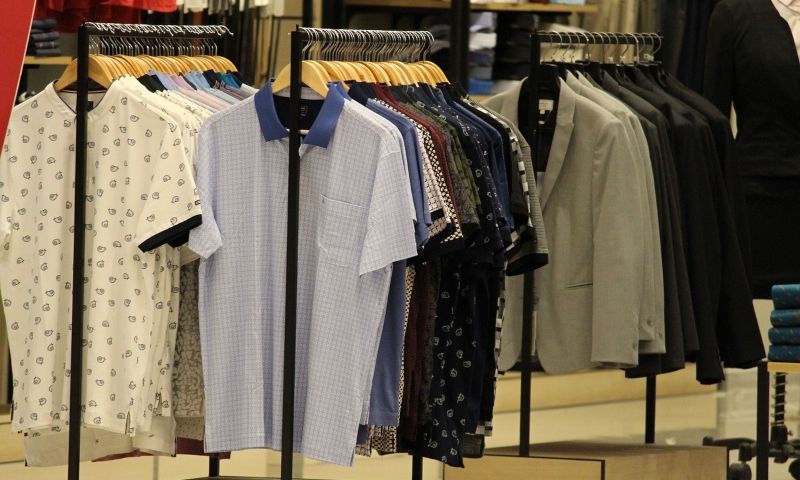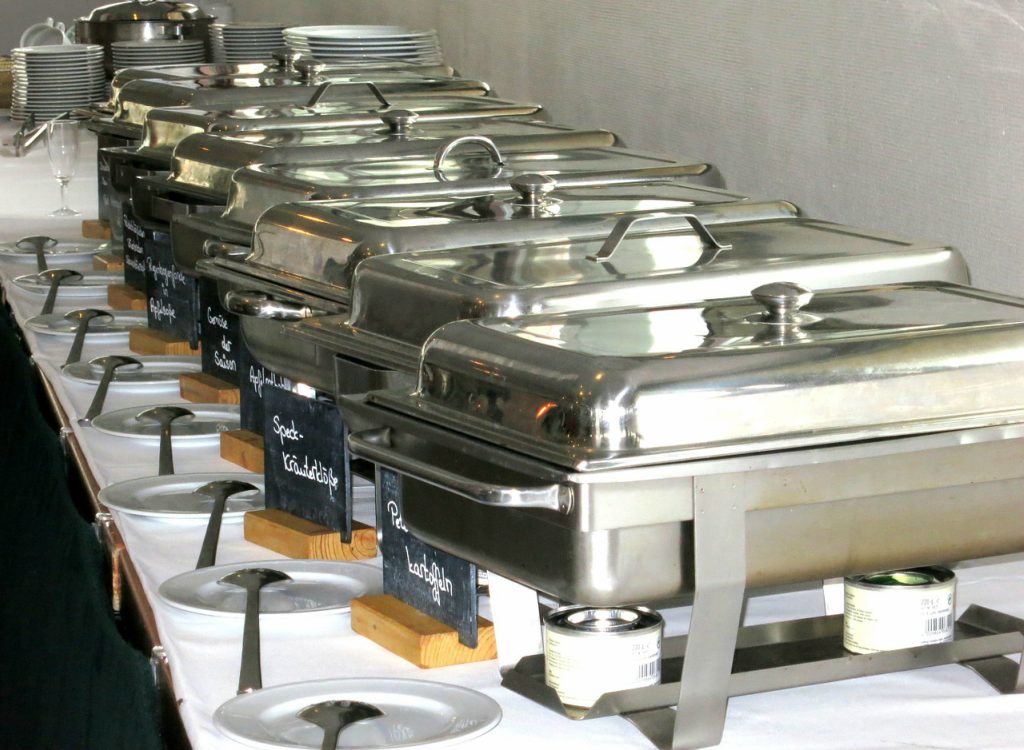Believe it or not, the fashion industry is the second largest polluter in the world, just after the oil industry. Many countries where garments are produced suffer from untreated toxic waste which pollutes rivers, oceans, and land. Approximately 20% of the world’s industrial water pollution comes from textiles treatment/dying, and 90% of wastewaters are discharged without treatment. Although this has a disastrous impact on the environment, not many companies are willing to change their business operations. It takes a lot to build a higher awareness and willingness to change. However, there are solutions and alternatives to mitigate these problems, and you have the power to do it.
But first, what means being an eco-friendly apparel business?
Resources are limited, and the population is growing. An eco-friendly business not only raises awareness on sustainability but also works with healthy and friendly environment processes. The environment includes everything, from nature to living beings. As a fashion company, it is possible to apply design techniques with a zero fabric waste, minimal seam construction, upcycling, recycling, organic fabric, multifunctional and longevity products, and so on. Although the term eco-friendly is being overused, not all companies apply this concept to the bottom, especially when it comes to manufacturing. To be a real eco-friendly label, your suppliers should also follow the rules, such as providing a healthy working environment and paying fair wages to its employees.
Different companies might choose their ethics and diverge on some aspects, as going vegan or not, but most of them are fighting for the same: saving the planet for the next generations. Moreover, your company can also take steps forward in this cause.
Step 1 – Define your ethics and niche
Many factors can determine the level of sustainability of a company, and you should decide on how this would work for your brand. The two critical aspects are production ethics and fabric selection.
Big companies tend to move their workforce to countries where cheap, or forced labor is still legal or overlooked, or in countries where the environment is not a “big issue” and manufacturers can get away with environmental crimes. Another significant issue is garments that don’t last long and soon need to be discarded, generating over 16 million tons of textile waste by 2015 as the report by EPA.
You can take any of these issues and make it as your cause to change the pattern. Produce fewer garments that will last longer, work only with a manufacturer that follows relevant labor laws and use materials that less impact the environment. Shipping methods can also be challenged, such as using less plastic packaging and using biodegradable and recycled materials.
Step 2 – Have a business plan
No business can take off without a plan. A business plan should cover your vision and objectives, the market and competitors analysis, how you will implement and costs to do so. A well-established program will be your tool to pitch to an investor and to guide you through the journey. It is a document you can always come back to review and balance your current progress.
Step 3 – Source your materials
Finding the ideal materials is challenging, particularly if you are limited to sustainably. Luckily you are not trying to change the world alone. There are quite plenty of eco-friendly fabric options available in the market for you to choose. Natural and organic are usually the favorite choices due to their small environmental impact. You can also opt for recycled and deadstock fabrics. Here are some of the types of materials you can search for.
Recycled Polyester Yarn and Bionic Yarn
Both materials are one of the best materials around. Bionic Yarn is made of plastic removed from the ocean, and it offers the perfect texture and durability for tags and labels. Jute is also another great option since its crops don’t need to have pesticides and fertilizers to grow, and it reaches maturity within an average of five months.
Organic Cotton
Conventional cotton can take up to 20,000 liters of water per kilogram to grow. It also requires a substantial amount of chemicals, which contaminates water, land, and even farmer workers. Organic cotton, in its turn, uses far less water and don’t need the use of pesticides, insecticides, herbicides, and so on. Without these toxins, its safer for farmer workers and the entire wildlife eco-system.
Fruit by-products
Do you want to add leather pieces to your collection? Piñatex can be one great option, cruelty-free, and sustainable. Piñatex is a by-product from agriculture, which derivates from dead pineapple leaves. This is a clean industrial process, which requires no additional chemicals to produce.
Bamboo
Bamboo is a friendly plant which requires minimal water and no pesticides. It is even an excellent option for people with sensitive skin and allergies.
Hemp
Hemp fiber is durable and also friendly to the environment. Like the bamboo, it doesn’t require lots of water to grow and no pesticides needed. It tends to get softer with time, meaning you don’t need to compromise on comfort.
Lyocell
The primary raw material of Lyocell is the cellulose from wood pulp (Eucalyptus, Oak, and Birch). It is friendly to the environment since it is biodegradable, and the chemicals released on its production are non-toxic and recyclable. It is also resistant to wrinkles, anti-bacterial, and highly flexible.
Linen
Linen is made from the stem of a flax plant, and it is an ancient sustainable fabric. Flax also requires less water to grow and no need for pesticides. As an organic fabric, it is entirely biodegradable! But attention: pure white linen does get intensive bleach, so opt for colors like ivory ecru and grey.
Cork
Although used in household products for some time, it is relatively new in the fashion industry. This fabric is made from cork oak trees, that have the ability to regenerate after being harvested each decade, meaning its harvesting is an earth-friendly process. It is 100% natural, renewable recyclable and biodegradable.
Lotus Fibres
Thailand and Myanmar have used lotus fibers for centuries, but due to its time-consuming process, this fabric was only used on expensive clothing. The process to extract and make still is entirely handmade, so you can imagine this option has a higher ticket price to add to your collection.
Kapok
Kapok is a natural cellulose fiber found in the dried fruit kapok. This fabric is a silky soft, anti-moth, and has insulation properties.
Kelp, seaweed, algae and squid genes
These four alternatives can also be turned into a compostable yearn, with an eco-friendly process and low cost. The resulting fabric is 100% biodegradable and recyclable.
Note- If you want machines and raw material then Click Here
Step 4 – Source your suppliers and manufacturers wisely
This is a challenging step, but not impossible. You can search for them online, attend trade shows, use an agent, and leverage personal connections. Trade shows are a great option since you can check out different sources all at once. These are some of the critical sustainable supplier trade shows:
- SOURCE Expo – Online source
- Premiere Vision – Paris, New York, São Paulo, Shanghai, Beijing, and Moscow
- Texworld – Paris, France, and New York (US)
- Intertextile – Shanghai, China
- ITMA – Barcelona, Spain
Also, if you happen to be based in the UK, you can check the Textile Forum, a show targeting designers from small to medium size business.
Step 5 – Develop a powerful brand identity
Your brand is more than your logo, color palette, and fonts style. A brand’s identity includes its name, trademark, communication, and visual appearance. In summary, it is how your brand feels, look, and communicates to people. This is what will differentiate you in the crowd and make people wish to engage with you.
To have a powerful brand identity, start by planning its strategy, outlining precisely what you want to achieve and how. Identify your brand’s values, voice, visual, and message. It would be best if you aim to make your brand distinct, memorable, and cohesive. Don’t forget to do your research and understand what your customer wants and resonate with them.
Labels, Tags, and Package
Your brand should deliver the same message through your entire customer’s touchpoints, including your product. This is a part of your branding strategy. Give identity to your products and make them stand out in front of the competition. There are excellent sustainable materials you can use for your labels, including the ones mentioned above: Bionic Yarn, organic cotton, recycled woven, bamboo paper, agricultural straw papers, biodegradable plastic, 100% recycled low-density polyethylene (LDPE) and so on. For instance, Wunderlabel offers personalized labels and tags from 100% recycled materials.
Step 6 – Promote
According to a report released by Unilever, 33% of people say they are choosing brands that are doing social or environmental goods and 21% people said they would support brand which made their sustainability credential clearer during advertisement and marketing. While in the past this was considered a “hippie” thing, newer generations have a higher awareness of environmental causes. So, spread the word! Use and abuse of social media, hire influencers, create content, and invest in good PR.
PR efforts – Share your story, values, and authenticity. You can start locally. Find media channels related to your industry, target audience, and market.
Social Media – Instagram is one of the most used platforms by fashion brands. You can also invest some of your time into Pinterest, Facebook, and Youtube. Work with a balance between paid and organic content.
Content – Engage with others who also want to make the world a better place. Give tips, share resources, and educate those who want to start to make a change.
Hire influencers – Influencers hold the audience you want to reach. Contact them and work through partnerships.
Have your website – as your owned media, share with your audience details about your products, brand, and values.
Automate your marketing – don’t fall in the trap of doing tedious tasks and save your productivity. Automate your e-mails, social media, and other website actions.
Work on your network – participate in events and engage with others who share the same vision. Connect with editors, bloggers, writers, and peers.
As a business owner, you might have a lot to handle all at once. Don’t hesitate in asking for mentorship and help. Also, keep looking for ways to improve your knowledge and hire the right people to support your business growth. Results might not come overnight, but with effort and dedication, your brand has a prosperous path to follow.
To inspire
If you are looking for some inspiration, check some of these successful sustainable fashion lines.
Weekday – This Swedish brand features a range of clothes 100% made from recycled materials. In partnership with the Spanish Recover, their collection is perfect for work, and casual days.
Ksenia Schnaider – Founded by husband and wife, the duo has dedicated to sustainable fashion since its beginning. The Ukranian brand’s collection is made with organic and vintage materials.
Everlane – Based in California, this brand has an ethical, made approach. They work only with factories which can ensure the integrity and maintain ethical production practices at every step of the process.
ABLE – This Tennessee based brand has its garments produced by fairly paid women in Peru.
Thought Clothing – The British brand has a simple concept: design amazing pieces while caring for the environment. Their clothing is made of organic materials, and everyone involved in the making process is treated respectfully and paid fairly.






0 Comments